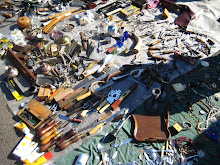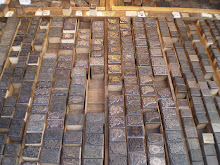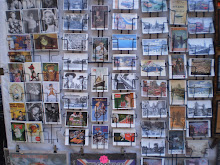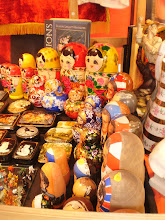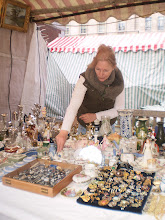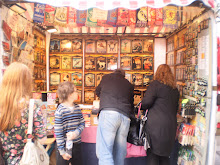
Ordnance survey England, Kingsbridge and District (third edition) sheet 150, 1908-9 - updated in London 2006
I was researching paper as a material/object that is still widely used today centuries after its invention and came across the artist Shellie Holden who works primarily with paper in a variety of ways.
One of her most interesting projects is where she works with maps. Using thread she recreates the intricately woven tributaries of roads that snake across the surface. As the loosely woven thread becomes tangled it hepls to depict the confusing network of pathways that lace our towns and cities. She highlights too the importance of maps as a tool for navigation. The moment that the thread of roads becomes unpicked and unfastened we are lost, accuracy is key to finding our way. The patience and skill needed in cartography is therefore illuminated.
www.studiospool.com/index.html






























